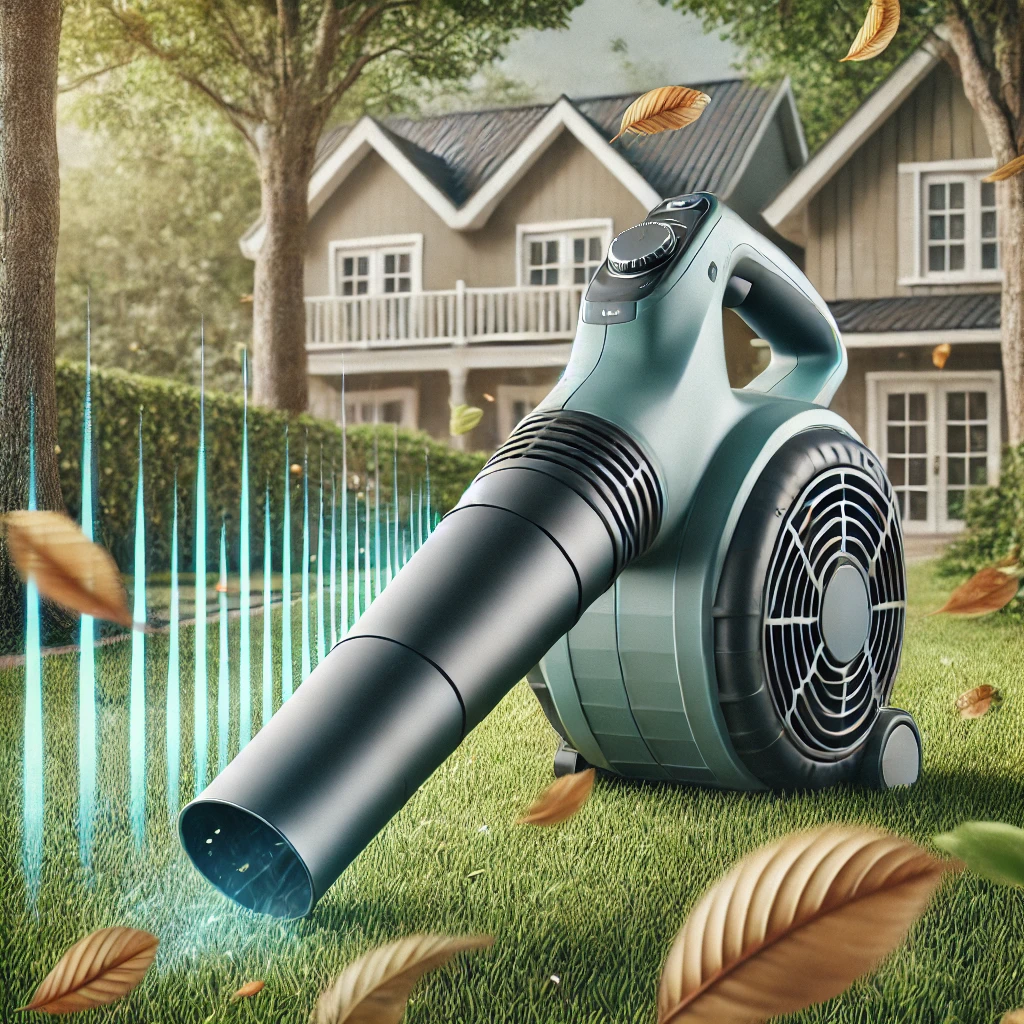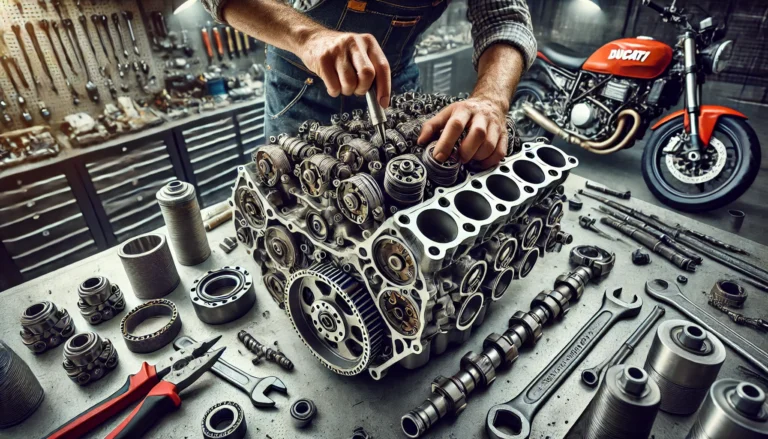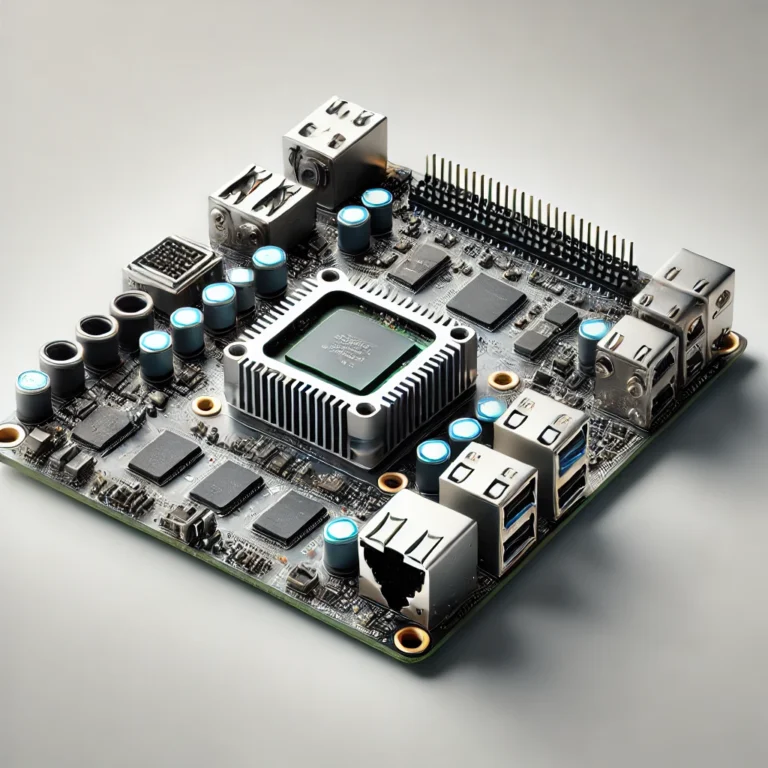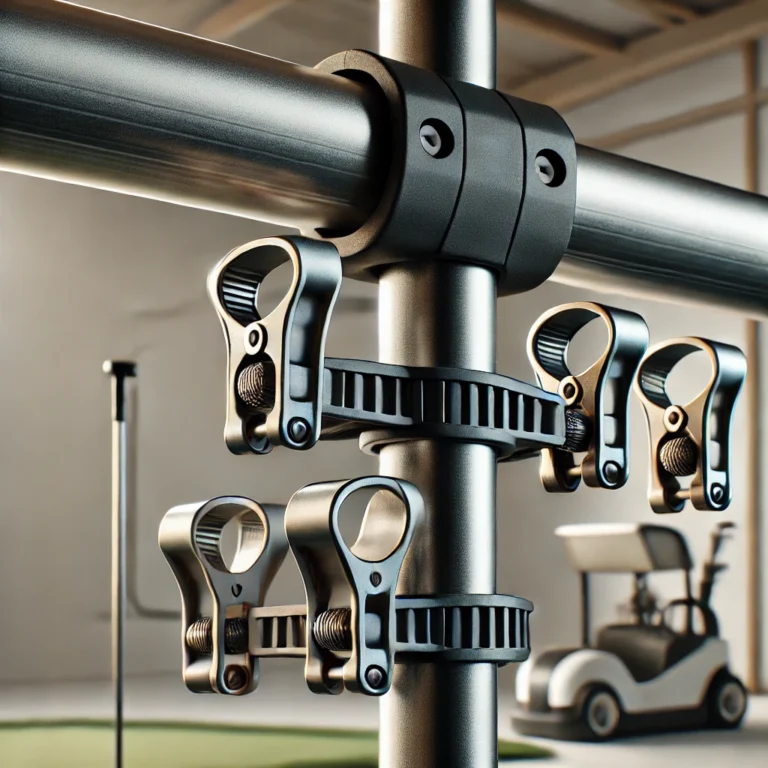
When discussing noise pollution and its impact on the environment and human health, understanding the decibel noise level (DNB) produced by common tools such as electric leaf blowers is critical. These devices are widely used for yard maintenance, but their noise output can significantly affect neighborhoods and communities. This article delves into the topic of “how much dnb does electric leaf blower produce,” covering its implications, measurement methods, comparisons, and tips for reducing noise pollution.
What Is DNB, and Why Is It Important?
DNB, or decibel noise level, is the unit used to measure sound intensity. It provides a quantifiable measure of how loud or quiet a sound is, with higher values indicating louder noises. Understanding “how much dnb does electric leaf blower produce” is essential because excessive noise can lead to hearing damage, stress, and other health problems.
The noise generated by electric leaf blowers is particularly significant in urban and suburban areas, where sound reverberates more due to dense housing and limited open spaces. Knowing the DNB level helps users choose quieter options, ensuring compliance with noise regulations and reducing disturbance to neighbors.
The Science Behind Measuring DNB
To measure “how much dnb does electric leaf blower produce,” sound levels are typically captured using a decibel meter. This device records sound pressure levels at different distances and operating speeds. Leaf blower manufacturers often publish their products’ DNB ratings, but the actual noise experienced by users can vary based on several factors, including:
- Distance: Noise intensity decreases as the distance from the source increases.
- Obstacles: Buildings, trees, and other structures can absorb or deflect sound, reducing its perceived intensity.
- Operating Speed: Higher speeds generate more noise due to increased airflow and motor activity.
Typical DNB Levels of Electric Leaf Blowers
Electric leaf blowers generally produce DNB levels ranging from 60 to 90 decibels, depending on the model and power output. To put this into perspective:
- 60-70 dB: Comparable to normal conversation or background music.
- 70-80 dB: Similar to the noise of a vacuum cleaner.
- 80-90 dB: Equivalent to heavy traffic or a diesel truck passing by.
Understanding “how much dnb does electric leaf blower produce” within this range is crucial for selecting a model that aligns with your needs and minimizes noise impact.
Read Also: Curtis Motor Controller Model 1206AC-5231 Pin Out: A Comprehensive Guide
Comparing Electric and Gas-Powered Leaf Blowers
One of the primary reasons people opt for electric models is their quieter operation compared to gas-powered counterparts. Gas-powered leaf blowers often exceed 100 dB, making them significantly louder and more disruptive. Electric leaf blowers, while not silent, provide a more environmentally friendly and neighbor-friendly alternative.
When evaluating “how much dnb does electric leaf blower produce,” it becomes clear that electric models strike a balance between performance and noise reduction. However, users must still be mindful of their operating times and settings to avoid exceeding acceptable noise levels.
Regulations Governing Noise Levels
Many local governments have enacted regulations to limit noise pollution from outdoor equipment. These laws often specify maximum allowable DNB levels and restricted operating hours for devices like leaf blowers.
For instance, some municipalities restrict leaf blower noise to 65 dB in residential areas during specific hours. Knowing “how much dnb does electric leaf blower produce” for your device ensures compliance with these regulations and fosters good relations with neighbors.
Factors Influencing Noise Levels
While manufacturers provide DNB ratings, the actual noise level experienced can vary based on real-world conditions. Here are some factors that influence “how much dnb does electric leaf blower produce”:
- Motor Type: Brushless motors tend to produce less noise compared to brushed motors.
- Design and Build Quality: High-quality materials and soundproofing features can significantly reduce noise levels.
- Airflow Efficiency: Efficient airflow systems minimize turbulence, reducing noise output.
- Usage Environment: Open spaces allow sound to dissipate more effectively than enclosed areas.
Choosing a Quiet Electric Leaf Blower
For those concerned about “how much dnb does electric leaf blower produce,” selecting a quieter model is key. Here are some tips for finding a low-noise electric leaf blower:
- Check DNB Ratings: Look for models with noise levels below 70 dB.
- Read Reviews: User feedback can provide insights into real-world noise levels.
- Opt for Variable Speed Controls: These allow you to adjust the blower’s power to match the task, reducing noise when full power isn’t necessary.
- Consider Cordless Options: Battery-powered models often produce less noise than corded ones.
Health and Environmental Impacts of Noise Pollution
Excessive noise can lead to various health problems, including hearing loss, stress, and sleep disturbances. Understanding “how much dnb does electric leaf blower produce” helps mitigate these risks by encouraging users to adopt quieter practices.
Moreover, reduced noise pollution benefits wildlife, as loud sounds can disrupt animal communication, mating patterns, and feeding behaviors. Choosing quieter tools like electric leaf blowers aligns with environmentally conscious practices.
Tips for Reducing Noise Pollution
While electric leaf blowers are inherently quieter than gas-powered models, users can further minimize their noise impact by:
- Using at Appropriate Times: Operate the blower during mid-morning or early afternoon to avoid disturbing neighbors.
- Maintaining Equipment: Regularly clean and service your leaf blower to ensure optimal performance and reduced noise.
- Wearing Hearing Protection: Use earplugs or earmuffs to safeguard your hearing, especially during prolonged use.
- Collaborating with Neighbors: Coordinate yard maintenance schedules to minimize cumulative noise.
Innovations in Quiet Leaf Blower Technology
As demand for quieter tools grows, manufacturers are investing in advanced technologies to reduce noise output. Innovations such as improved motor designs, enhanced sound insulation, and more efficient airflow systems contribute to lower DNB levels.
When assessing “how much dnb does electric leaf blower produce,” it’s encouraging to see that newer models consistently outperform older ones in terms of noise reduction.
The Future of Noise-Reducing Yard Tools
The emphasis on reducing environmental impact has spurred the development of quieter, more efficient yard tools. Electric leaf blowers are at the forefront of this trend, offering a glimpse into a future where “how much dnb does electric leaf blower produce” becomes a less pressing concern.
By supporting companies that prioritize noise reduction and sustainability, consumers can drive innovation and promote the adoption of eco-friendly practices.
Conclusion
Understanding “how much dnb does electric leaf blower produce” is essential for making informed decisions about yard maintenance tools. By choosing quieter electric models, users can minimize noise pollution, comply with regulations, and foster a more harmonious community.
Electric leaf blowers, with their balance of performance and reduced noise levels, represent a step forward in sustainable landscaping practices. As technology continues to evolve, these tools will become even quieter and more efficient, making them a valuable asset for environmentally conscious homeowners.
Whether you’re a homeowner or a landscaper, taking the time to consider “how much dnb does electric leaf blower produce” ensures a cleaner, quieter, and more pleasant outdoor experience for all.




